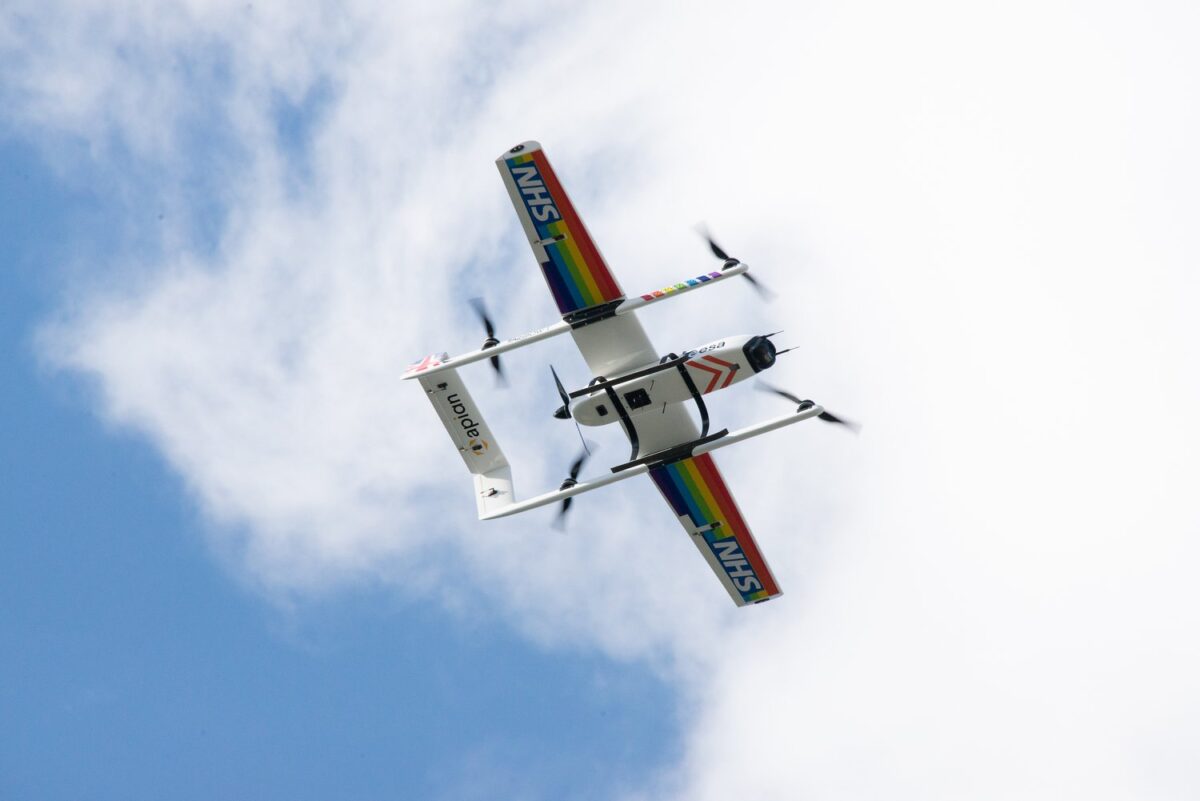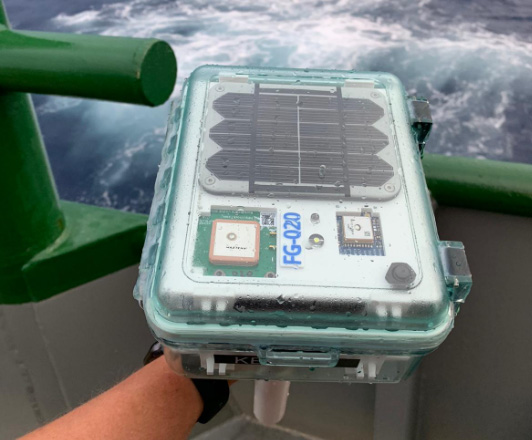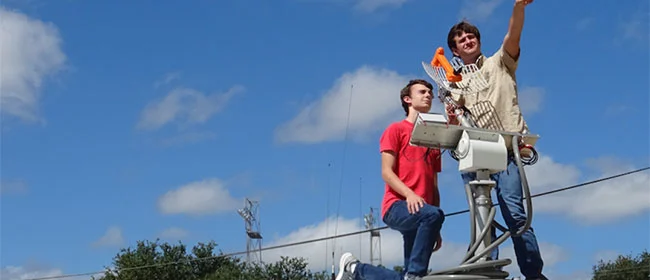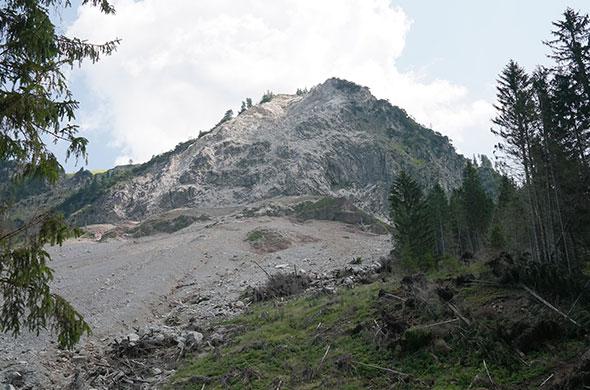How It Works
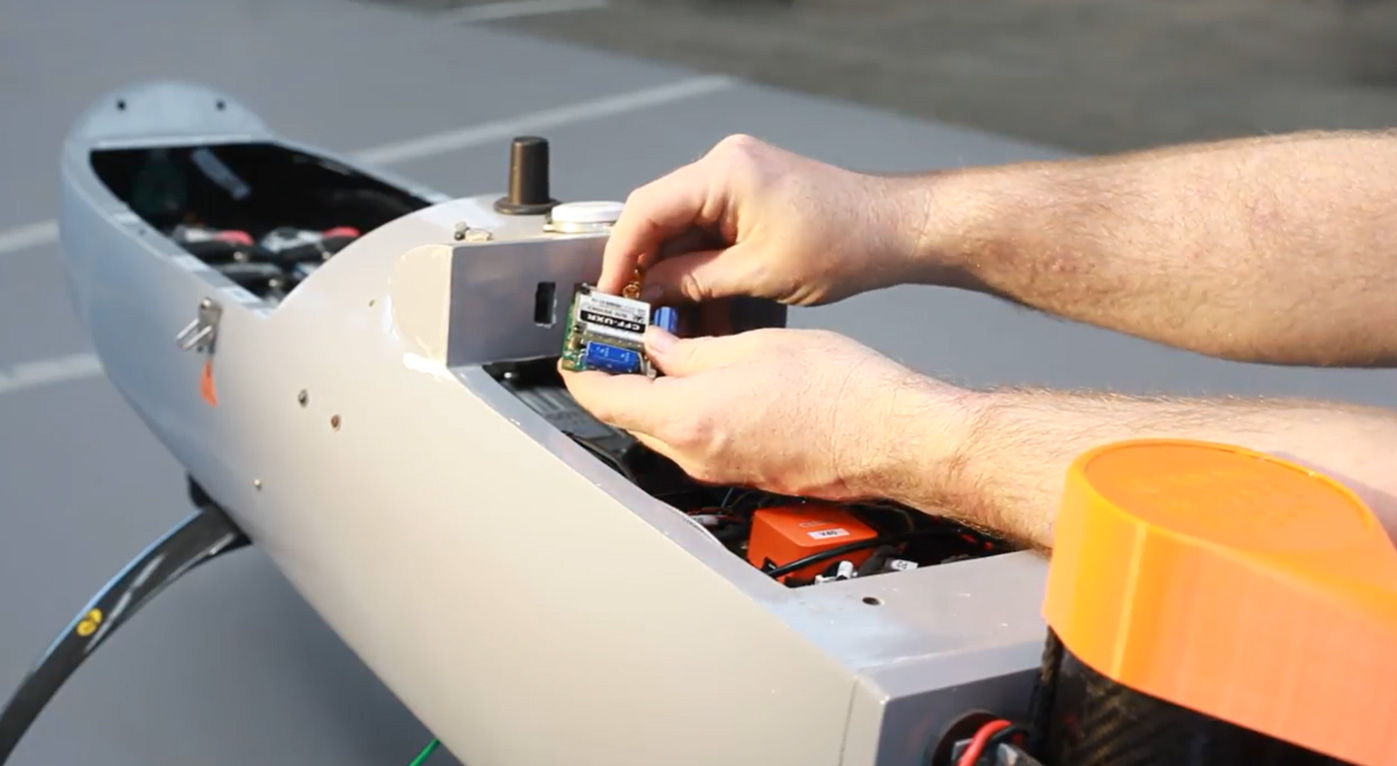
Drone manufacturer Skylift uses Iridium’s Short Burst Data (SBD) airtime service for three key purposes: as a failover means of communication in the event that their radio signal drops; to capture the drone’s position, altitude and speed; to issue basic commands such as go to the nearest rally point, go home, or terminate the flight.
SBD is ideal for this application because it’s very low latency. The time it takes a message to be sent to the drone from the operator, and received is just a few seconds. It’s extremely reliable; Iridium has a well established constellation of 66 satellites in Low Earth Orbit. It’s also global; wherever the UAV flies, the operators can be sure they’ll have a means of communication.
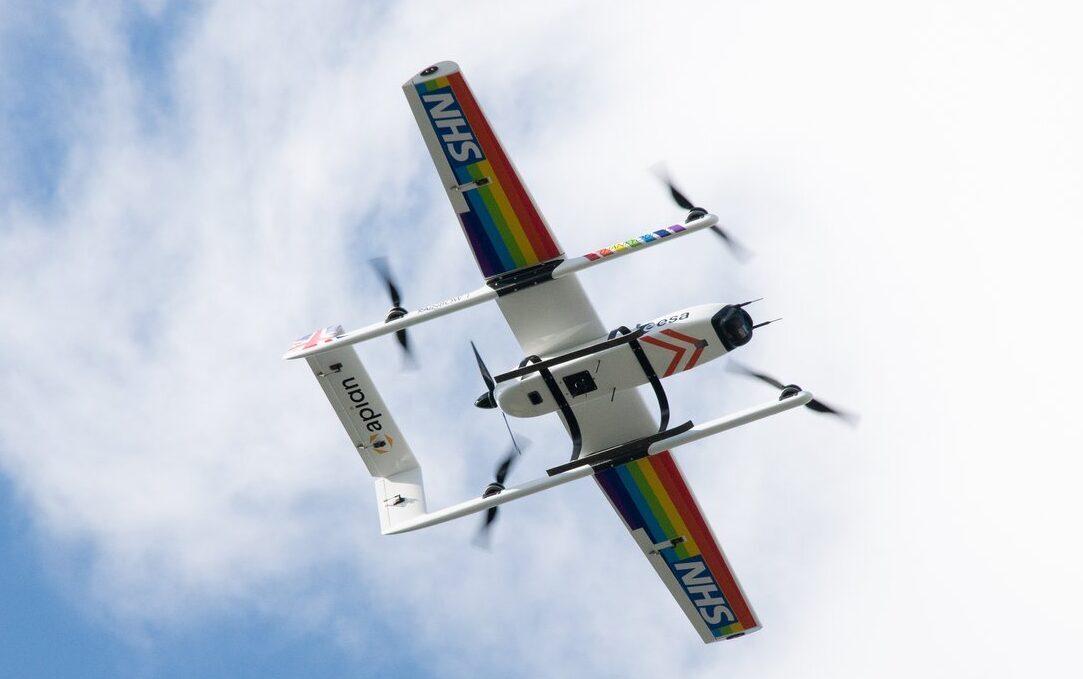
Piloting a UAV Beyond Visual Line of Sight (BVLOS) requires two means of communication with the drone, with satellite a popular choice due to its reliability. Your satellite transceiver needs to work with your UAV’s power, weight and size constraints; for these reasons, we recommend the Iridium satellite constellation.
For simple commands – i.e. go to the nearest rally point, go home or terminate the flight – Iridium’s Short Burst Data service is ideal. The RockBLOCK 9603 is our smallest and lightest transceiver, and very popular for this application.
For more complex requirements, for example, to transmit condensed video from a tail camera in addition to tracking and command/control, we would recommend Iridium Certus 100. The new RockREMOTE Mini OEM is designed to be built into your drone, and leverages the Iridium Certus 100 service.
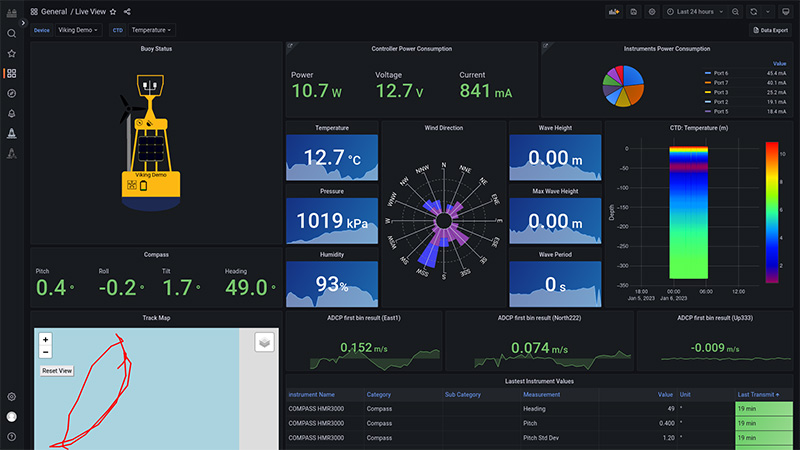
How much data you need to transmit will determine your choice of satellite modem in this instance. If you need to send multiple sensors’ data, photos, or even compressed video, we recommend the RockREMOTE solution. This combines one of our RockREMOTE devices, Iridium Certus 100 airtime, Satellite IoT Gateway, and Cloudloop Data platform. Using this combination you can send (relatively) large amounts of data, very cost-effectively, and in close to real-time. It’s also easy to integrate into your existing system.
If your data requirements are simpler – a single sensor, and/or the location and heading of your drone – Iridium Short Burst Data may well meet your needs. It’s a popular solution for developers as it meets most criteria for size, weight and power (SWaP).

Why Use Satellite Connectivity For Your Unmanned Application?
How To Choose The Best Satellite Solution For Your System
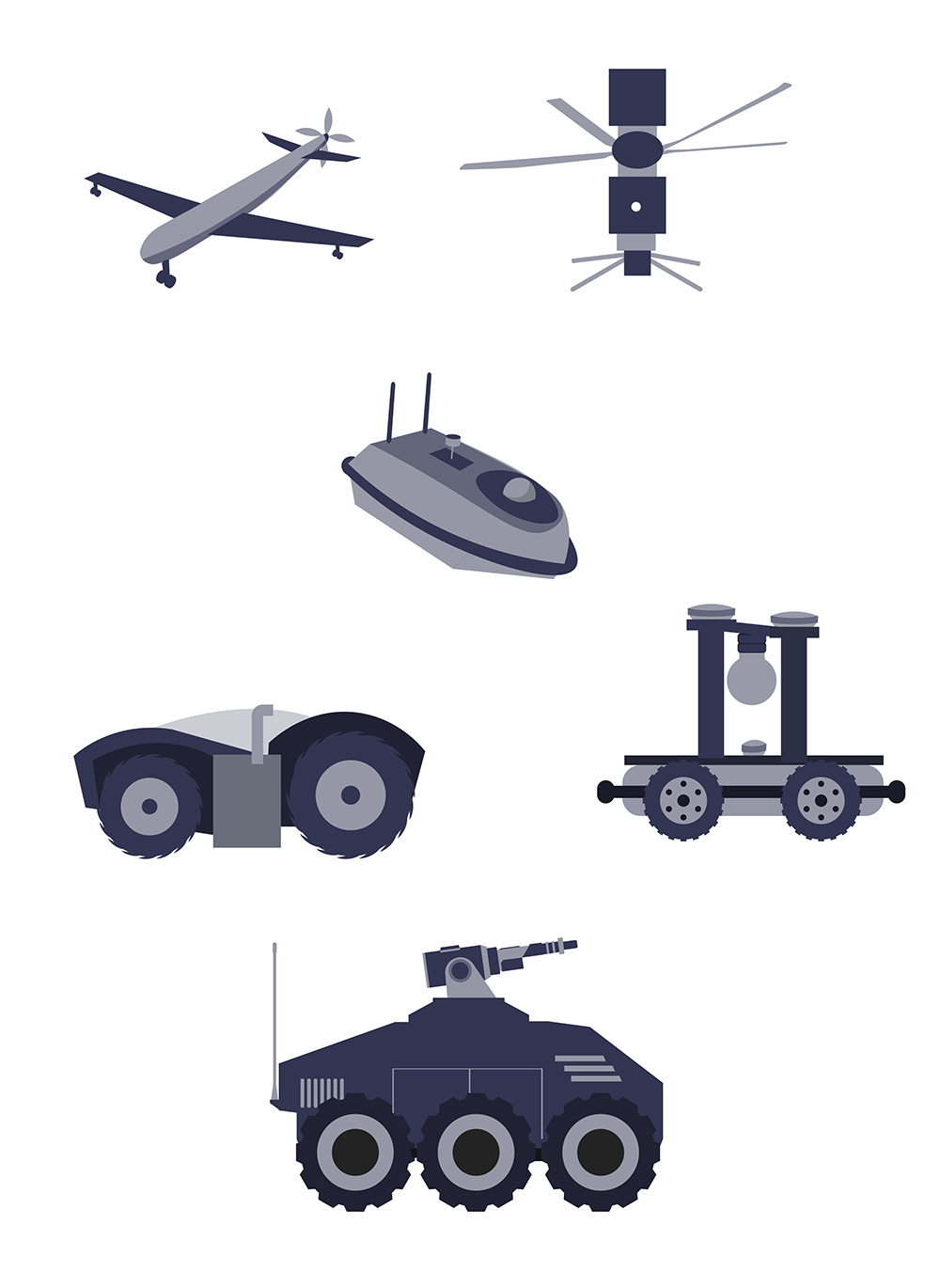
SWaP Constraints
Many unmanned systems have size, weight and power constraints. Your satellite transceiver needs to accommodate these. For autonomous applications, L-band is the best choice of satellite spectrum as L-band waves penetrate bad weather, and antennas are relatively small.
Then there’s distance to the satellite to consider. You don’t need as much power when communicating with satellite networks which are in Low Earth Orbit – such as Iridium. For example, RockBLOCK 9603 – including its antenna – measures just 52 x 76 x 19mm, and weighs 67g, compared with the Inmarsat Velaris terminal, which ‘talks’ to a satellite in much higher (geostationary) orbit, and weighs approx. 300g (the Velaris service carries more data).
Location
Commercially available satellite networks operate in Low Earth Orbit (LEO) or Geostationary orbit (GEO). GEO satellites are 35,786 km above Earth and appear stationary to us as they orbit at the same speed. To communicate with a GEO satellite, your unmanned system needs to be able to ‘see’ it at any given time. Bear in mind that mountains, forests and buildings can block your view of a GEO satellite. If this is likely, a LEO network like Iridium will be a better choice. Iridium satellites take approx. 7 minutes to pass from one horizon to the other; as long as your UAV, USV or UGV has a view of the sky, your data will be picked up.
Data Usage
Satellite airtime services have diversified a great deal in the last few years, offering more choice for customers, and ensuring that you don’t pay over the odds for your connectivity requirements. For small amounts of data – getting position, altitude, and speed, and/or returning basic commands – Iridium’s Short Burst Data is a great choice. For more complex data requirements, explore Iridium Certus 100 or the new Inmarsat Velaris service, which provide higher data rates.
Recommended Devices
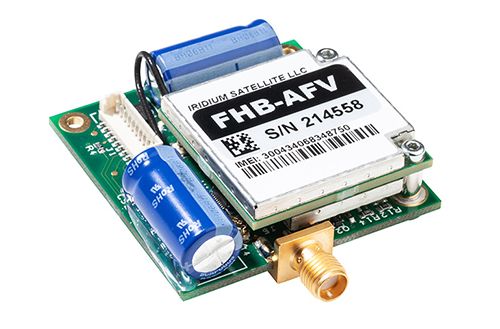
RockBLOCK 9603
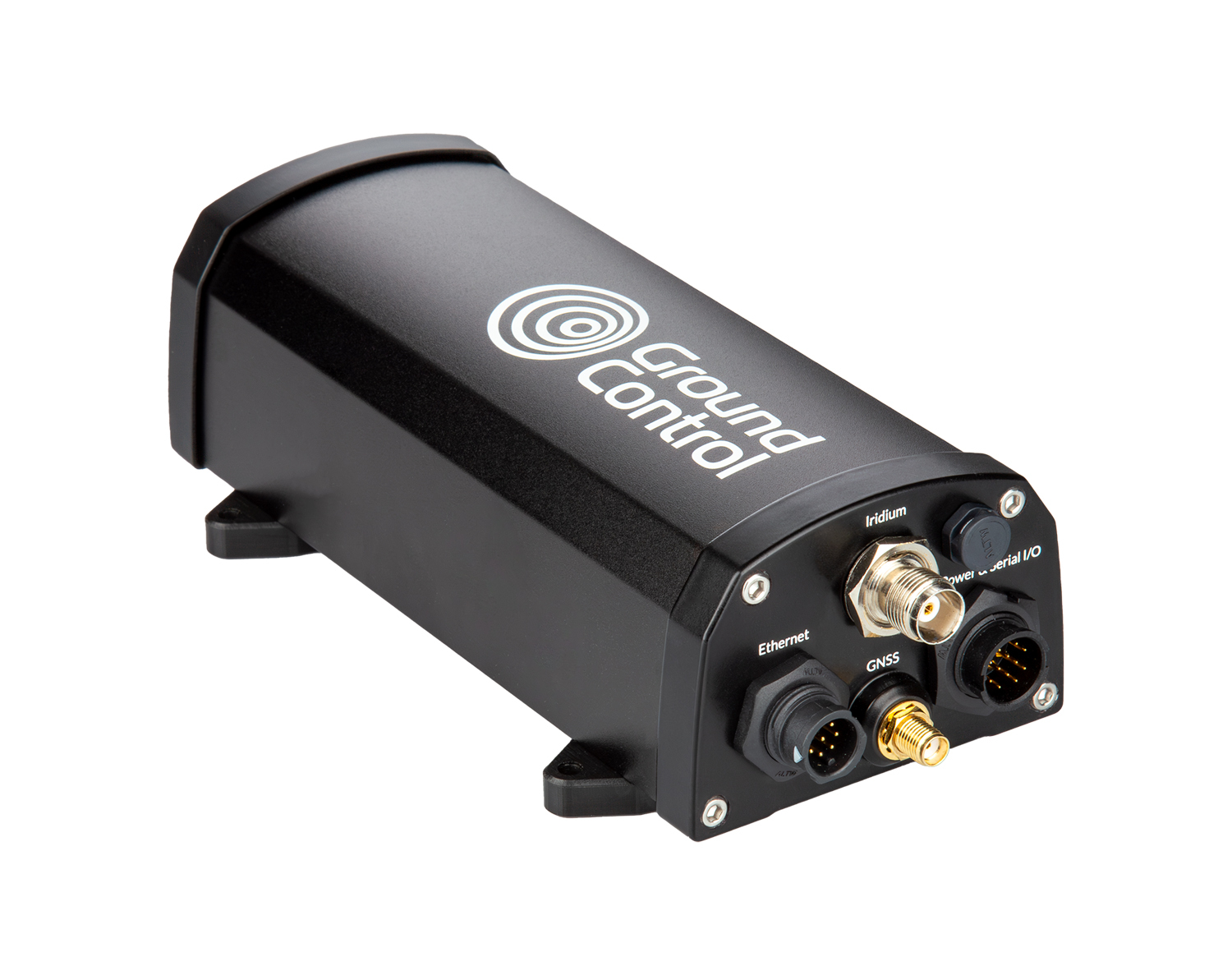
RockREMOTE Mini
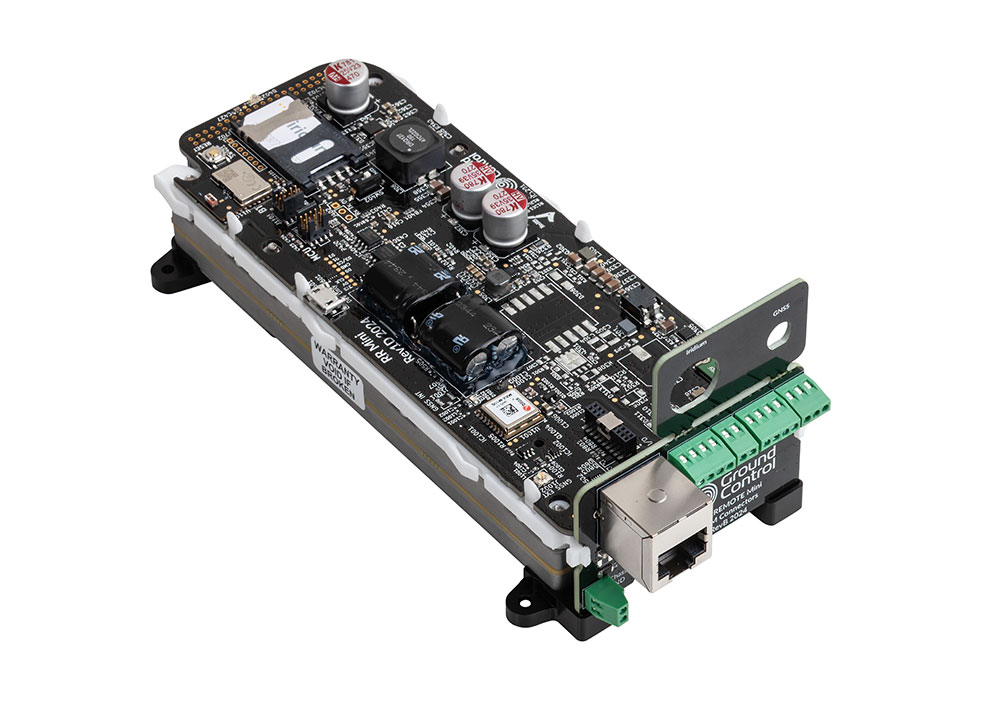
RockREMOTE Mini OEM
“For us, the key benefit of the RockBLOCK 9603 is reliability. We don’t need to worry about what’s over the horizon – we know we’ll be able to communicate with our drones. It’s an essential part of our dual-redundancy system, and has never let us down.”
Toby Moores, CEO

Here to Help
If you need help with remotely controlling your unmanned system, whether that’s on land, sea or air, please get in touch! With 20 years of experience, we can help you make the best choices based on your requirements.
Please call us on us on +44 (0) 1452 751940 (Europe, Asia, Africa, Oceania) or +1.805.783.4600 (North and South America); email hello@groundcontrol.com, or complete the form.

 Simple Commands
Simple Commands Piloting BVLOS
Piloting BVLOS Transmitting Data
Transmitting Data
